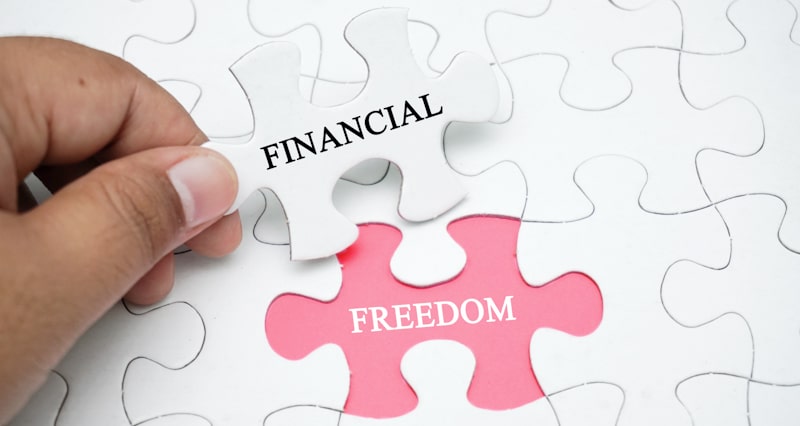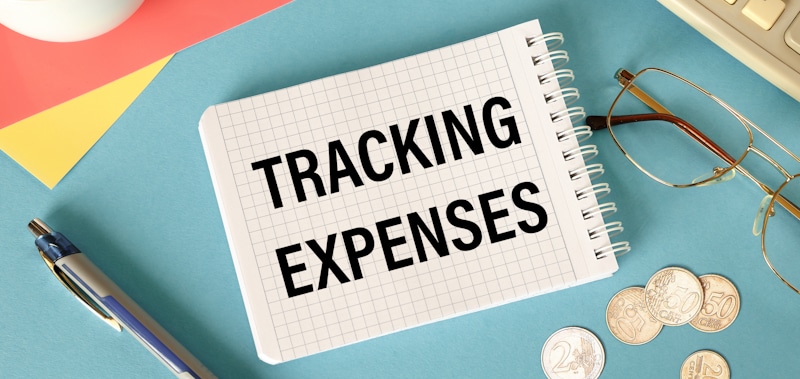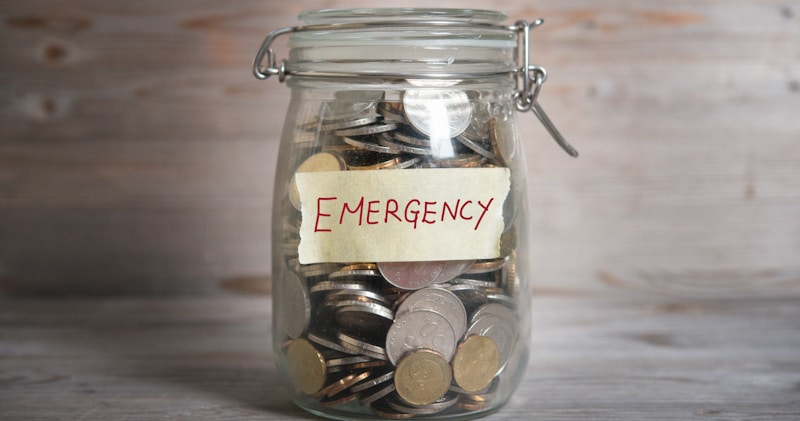

Are the stray coins trapped between your sofa cushions your idea of having enough cash to pay the pizza guy, do a Starbucks run, or fund an emergency? If you answered in the affirmative, it’s time to hit up an ATM. Even though we’re finding ourselves creeping ever closer to a cashless society, there are still plenty of persuasive reasons to keep a small but reasonable amount of physical currency on hand.
But just how much dough should you keep tucked away for a rainy day?
The ideal amount of cash to have on hand at home varies from person to person, but most financial experts agree that less than $1,000 is preferable. However, there are other scenarios where you’ll want to ensure you have access to more, namely for emergency and traveling purposes.
In this post, we’ll explore why you shouldn’t go completely cashless, the risks to be aware of when keeping currency on hand, and how much money you should have readily available in three common situations.
According to the latest Pew Research data, 41% of Americans don’t make any of their typical weekly purchases using cash. While this figure is increasing year on year, the reality is that not having at least some cash on hand could be to your detriment. Cash is not only a secure means of payment, but it’s also resilient in a crisis.
What other compelling benefits does physical currency offer?

Worried about losing your bank card or being unable to pay for goods or services during a power outage? Since you don’t need the internet, electricity, or any type of equipment to pay with banknotes and coins, you can maintain your freedom and autonomy in circumstances where cash is all you have.
Having sufficient cash at home means it’s readily available whenever you need it, which is especially handy in areas where banking establishments or ATMs are scarce. You can eliminate the expense and time wasted in locating the nearest place to draw money. In addition, you can easily and conveniently deal with emergency situations that require cash instead of panicking about where to find funds.
If you prefer to keep some purchases private, cash transactions are least likely to leave a paper trail. Unlike credit cards or direct bank transfers, paying with physical money helps protect your identity and data in certain financial matters.
Certain transactions may involve additional payment steps or result in unexpected bank fees stemming from overdrafts or account balances falling below the required minimum. Paying with cash can help you avoid these issues, as well as the hassle that inherently comes along with them.
Hacking is an increasing threat in the banking sector. In fact, newly released data from the Federal Trade Commission reveals that consumers lost more than $5.8 billion to fraud in 2021 alone. With cash on hand, you don’t need to worry about cybercrime, counterfeiting, or banking fraud. Your money is safe from potential infrastructure meltdowns, malicious programs that steal account passwords, and possible terrorist attacks on the electrical grid.
As the global economy has become subject to an increasing number of bailouts and bank collapses, keeping some of your cash at home offers peace of mind in uncertain times. You have complete control; you know exactly how much you have at all times and can monitor your money’s usage.

It’s easy to whip out the plastic and charge whatever you like to a card these days, but this often leads to impulse buying and overspending. Using physical banknotes and coins to pay for purchases is a great way to stop yourself from losing control of how much you spend. After all, there’s only so much money you have on hand.
In addition, an economic psychology study published in 2015 by the Journal of Consumer Research indicated that consumers who pay with cash had a higher emotional attachment to the item being purchased compared with consumers using a credit card. Since credit cards create a disconnect between the pain of paying and the pleasure of purchasing, it’s easy to overspend and sink further into credit card debt. Having to hand over physical bills not only reframes your perception of money and compels you to make more thoughtful buying decisions, but it also helps you avoid fees and interest associated with using a card.
However, there’s a caveat: keeping cash at home doesn’t come without its drawbacks.
As many arguments as there are for having cash, there are equally strong rebuttals. While you shouldn’t let the risks dissuade you from having some banknotes and coins in your possession, you should factor them in when determining how much money to have at home.
Although you can’t get around issues like lack of earning potential, you can invest in a waterproof and fireproof safe to help protect the money you keep at home from theft and other disasters like fire and flooding. You’ll also want to keep your mouth shut about it so that you don’t attract unwanted attention.
While you can technically keep as much currency as you desire, you need to keep the risks in mind. Most people can get away with a rainy day reserve of just a few hundred dollars, which is why finance pros recommend that your cash stash doesn’t exceed $1,000.
To figure out how much you may need, consider how much you spend per day on necessities like food and gas. Based on that figure, make sure you have enough money to last at least a week in the event that you can’t use digital currency or get to an ATM.
When it comes to carrying cash in your wallet, keep at least a day’s worth of expenses readily available. Typically, this figure will be less than $100.
One thing to keep in mind is that you don’t want your emergency stash to be in big denominations if there’s a cash crunch. Since it’ll be harder to get change, make sure your bills include lower denominations like $20s, $10s, $5s, $2s, and $1s.

Life is full of unexpected events, which is the #1 reason to have an emergency fund. Whether you lose your job, get into a fender bender, or experience a medical emergency, you’ll be grateful you have a stash of cash to get you through the tough times.
But just how much should be in your emergency fund?
Ideally, you should be able to cover basic expenses for at least three months. However, a fully-funded emergency fund typically contains enough to cover three to six months of expenses. If you currently have a big fat nothing in your fund and you’re struggling to pay off debt, create a starter fund of $1,000. Once you pay off some creditors and have a little more leeway in your budget, you can focus on beefing it up.
Keep in mind that BOGO sales and running out of wine don’t count as emergencies. An emergency fund is designed to give you a buffer when life throws a major financial curveball at you. Before dipping into your stash, ask yourself whether the purchase is unexpected, necessary, and urgent. If it meets all three criteria, then you can give it the green light.
Your emergency money needs to be liquid—it should always be readily available and not tied up in accounts that take days or weeks to relinquish the cash. Consider putting the money into a savings account that’s connected to your checking account, a money market account with a debit card, or an online account that lets you quickly and easily transfer money directly into your checking account.
There’s no hard or fast answer here since every trip is different, every destination is different, and every person is different. Most experts suggest taking around $50-$100 per person per day. However, there are some things you can do to help you determine the right amount for your specific needs on a specific vacation.
That said, here are our top tips for traveling with enough cash:
Other factors to account for include exchange rates, customs cash limits at each border, and how you’ll travel with cash (i.e., banknotes, travelers’ checks, etc.). As long as you or your travel companions can draw money from an ATM or relevant financial institutions in a pinch, you should be good to go. Be sure to follow best practices when it comes to keeping your cash safe, such as splitting the cash between your companions, storing it in your hotel safe, and taking out travel insurance.
Knowing how much cash to keep on hand isn’t always easy since you never know what’s going to happen. However, the guidelines provided above offer a good place to start. Just be sure to take the necessary precautions to keep your money safe so that you don’t need a rainy day fund for the loss of your rainy day fund.

